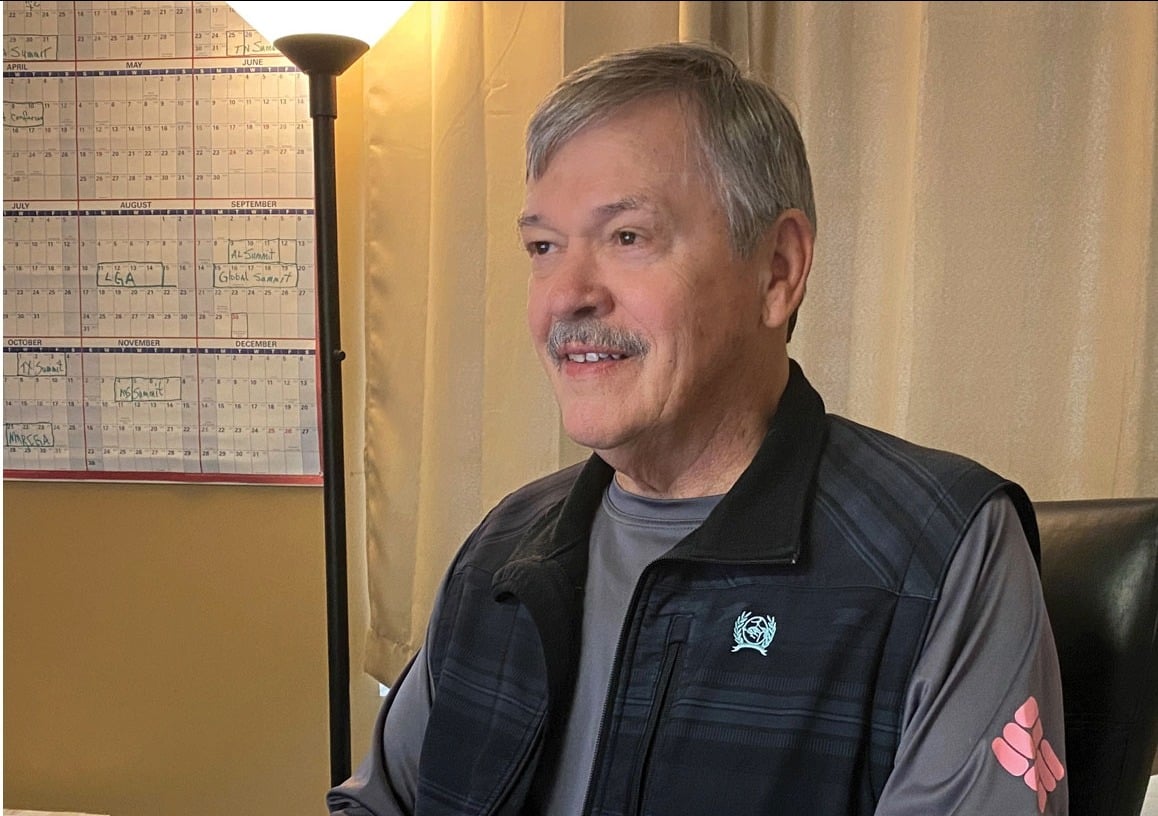
If you ask most in this industry what our goal is as it relates to underground utilities, the answer is a reduction in damages. To be sure, the goal has changed a bit. It’s gone from zero damages to a reduction in damage by 50% in 5 years. I overheard one stakeholder say, “If we can reduce them by only 10%, at least we’re headed in the right direction.”
I can’t help but wonder if we’re chasing the wrong goal! Hear me out. After chasing the goal of reducing damage for more than 25 years, we’re told in conferences at the national and state levels that underground damage continues to increase, or at best, remains flat. And that statement is usually followed by explanations and/or excuses of exactly why that is, and they always sound perfectly reasonable and likely are true based on the goal we chase.
But what would happen if we began as an industry, focusing on a different goal? Consider, for a moment, the goal of behavioral change. We already know the behaviors that lead to damage. Now we need to understand the process of behavioral change to implement it. If we were able to implement such a process that could lead us to change our habits or behaviors, would there be a reduction in damages? And if we believed this might work, wouldn’t we at least want to know about it?
My conviction is that we must recognize that what we have is not what we want and will not get us where we want to go. Recognizing the need to change is the step that starts the process of better understanding the importance of accountability and influence by example. Furthermore, we must recognize the differences in the stakeholder groups. While there are many different stakeholders in the industry, they align themselves with the three primary groups: owner/operators, excavators and locators. Other than the obvious “we’ve got to have better communication,” there are specific requirements each group must meet that are uniquely different from the other.
The shift from industry stakeholders’ frustration experienced today, to an environment where most stakeholders work together automatically, is a case study in how legal mandates, cultural change, and effective communication can reshape behavior over time.
To be fair, the industry has already implemented some of the tools to be successful. The laws and rules to conduct business are in place, and most of them are good. Public awareness and education are in place and are valuable tools to assist in the cultural shift. Enforcement that is consistent, fair, and effective is a critical tool that must remain in place to ensure accountability. Equipment manufacturers, software designers and technology entrepreneurs are leading the entire industry to be more efficient and safer.
However, the significant reduction in damages we seek continues to elude us, partly because we have failed as an industry to hold ourselves accountable to make safe digging a widely accepted and automatic habit. We’re chasing a number rather than creating a culture shift. The former is an activity that doesn’t require much involvement; the latter is a commitment that involves self-inspection and change.
How will it happen that safe digging becomes second nature and just part of the process of completing the project? It begins with creating a new normal for the industry. Owners must take ownership of the projects. The excavator and locator are a direct reflection of the owners’ influence in the industry. Both the excavator and locator should be required to meet the expectations mandated by the owners. Failing to do so should have consequences. Not digging safely should be increasingly seen as reckless or irresponsible. Of course, some owners take ownership of their reputation, and as more owners take ownership of their image, others will follow suit.
The generation moving into the workforce as excavators or locators will learn from the company’s culture they grew up with. These young men and women who grew up with safe digging cultures will typically adopt the same habit of safe digging, creating a generational shift. Industry publications, conferences, and safety videos showing safe digging and its components, such as calling 811 before digging, locating accurately and on time, properly exposing utilities before crossing them and many other best practices can be seen as routine and smart, reinforcing the industry’s norm.
“Impossible,” you say! Every day, people who declare something to be impossible are being passed by people who didn’t know it couldn’t be done. I agree with you that moving the needle will be difficult, but the more we work together, the louder and clearer our voices will become.
